I read the report of the Glaucous Gull at McKinley Beach on Milwaukee’s lakefront yesterday. I headed down to the lakefront this morning with hopes it was still present. It was and it gave nice views. This bird is said to be a 2nd cycle, born in summer of 2013. This was not a life bird for me but I wanted to see this bird. It was feeding on and off while I was there on a dead fish and kept Herring Gulls away some of the time from its meal. A few of this gulls are found throughout the US during migration. It took to the water a few times too as some tourists came by to the beach area. A beautiful gull I will say! The Glaucous Gull made Ring-billed Gulls look small. Thanks to Rita W. for getting the report of this bird out as she found it. Thanks to Jym M for confirming and posting this bird too.
Glaucous Gull
Binomial name: Larus hyperboreus
Category: Gulls, Terns, and Skimmers
Size: 27” long, 60” wing span
Weight: 3.1 lb
Habitat: This large gulls breeding grounds are in the northern arctic. It spends its winters farther north than most gulls on coasts, lakes, urban areas, dumps and agricultural fields. Mostly breeds along shorelines of the seacoast, rivers and lakes, also refuse dumps. These gulls are usually not found inland.
Diet: It captures prey such as plovers, small ducks, ptarmigans, auks, birds, small mammals and invertebrates. It also scavenges dead fish, carrion, garbage and dead animal matter.
Nesting: The nest is a shallow bowl constructed of twigs, grasses, sedges, moss and sometimes feathers. The nest is located on cliff edges, grass slopes above cliffs, islands or ponds on the tundra. 3 eggs are usually laid brown in color with dark brown spots.

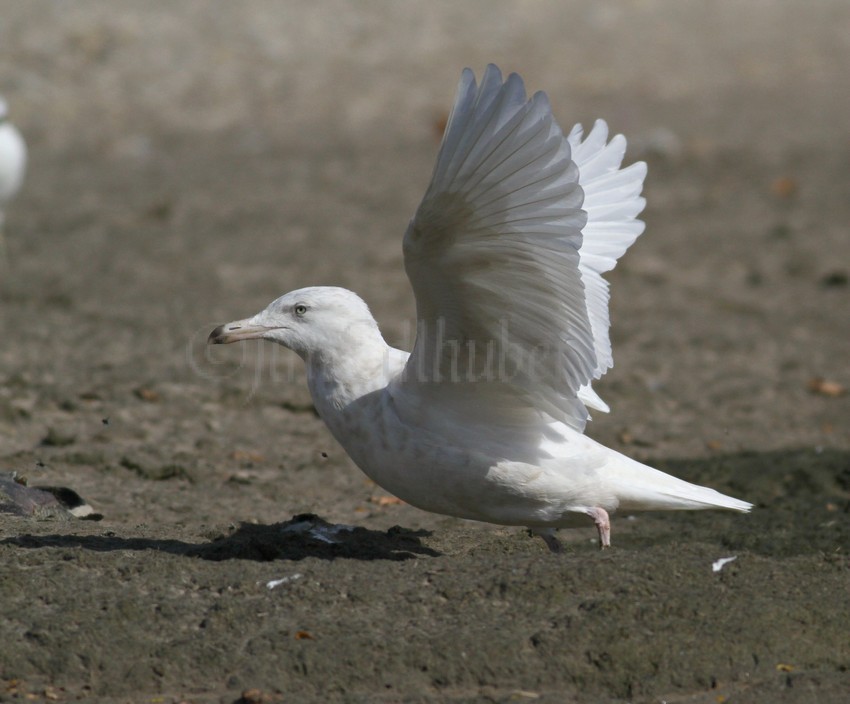

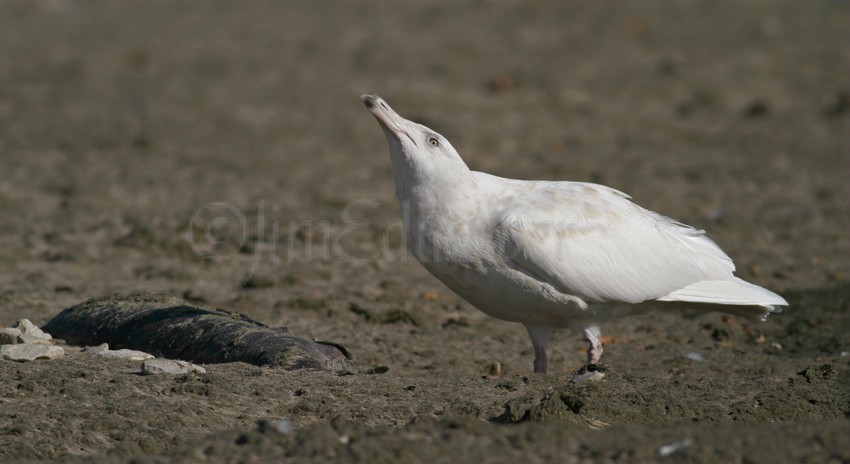
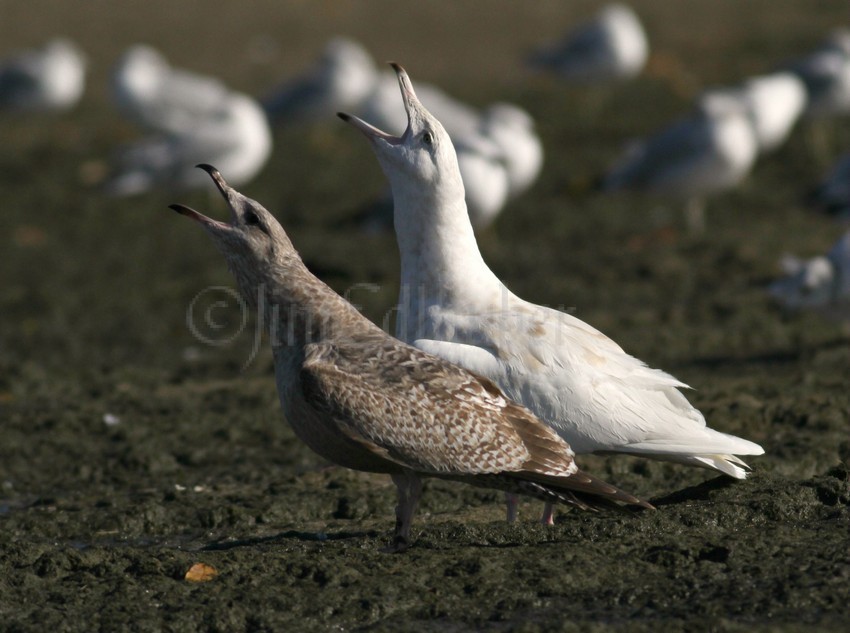

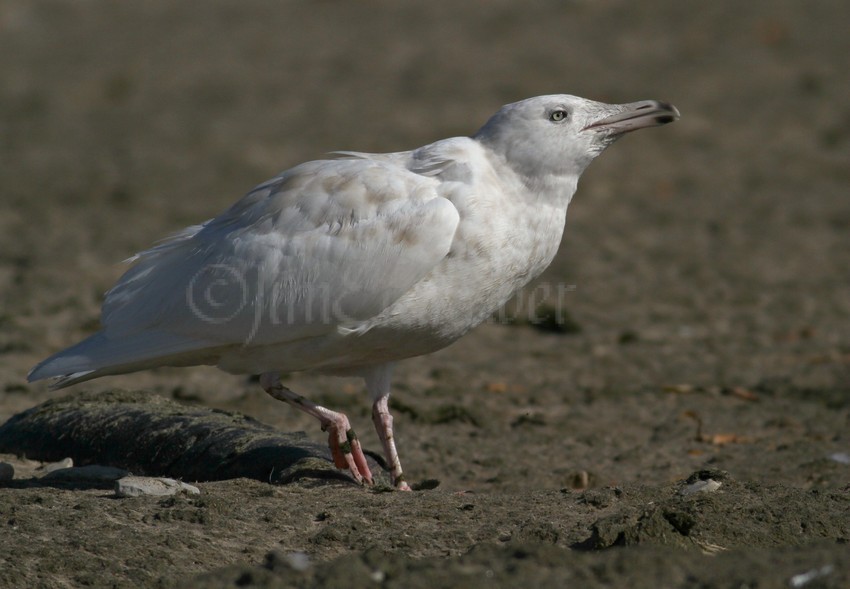

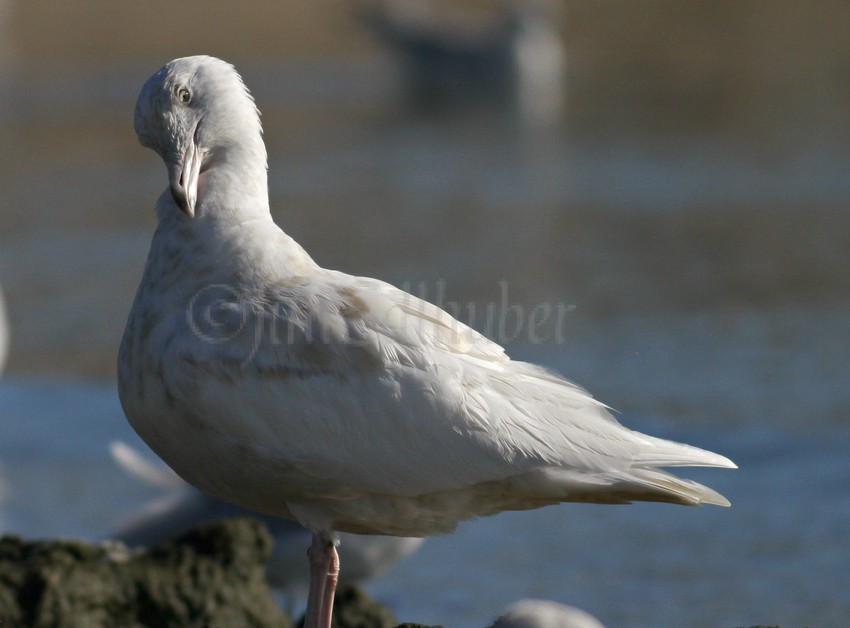



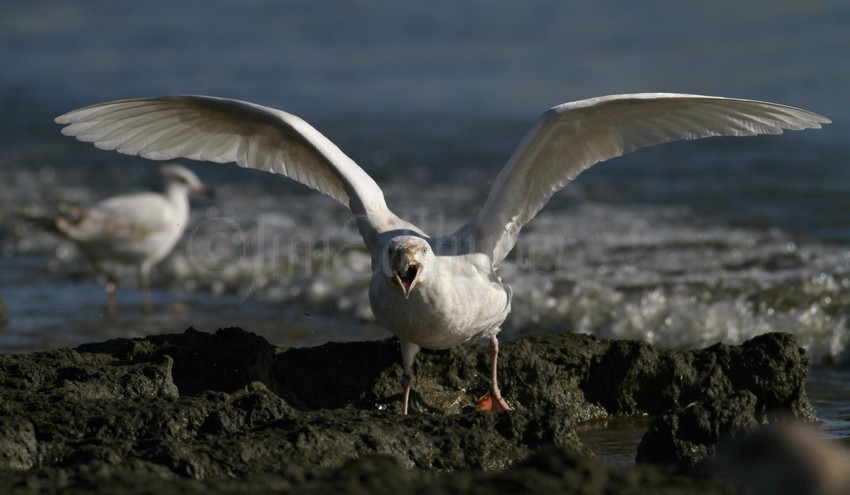
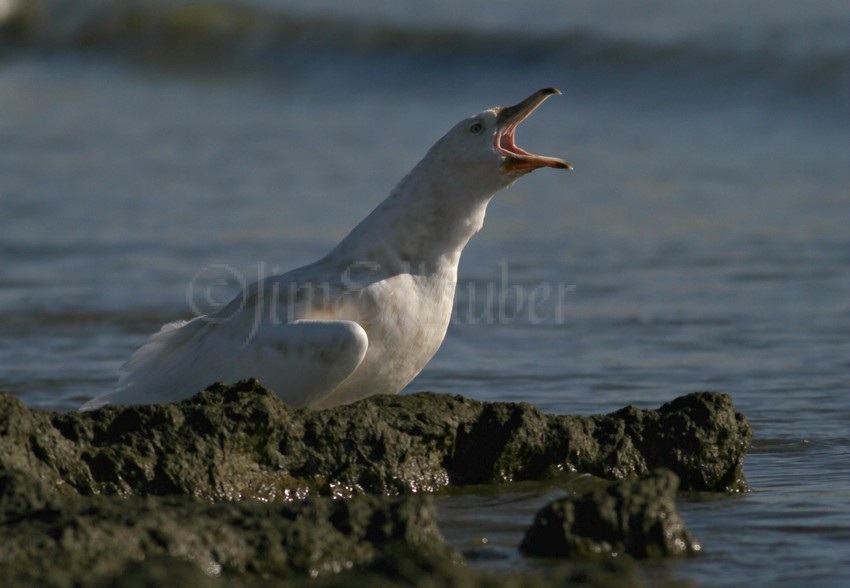
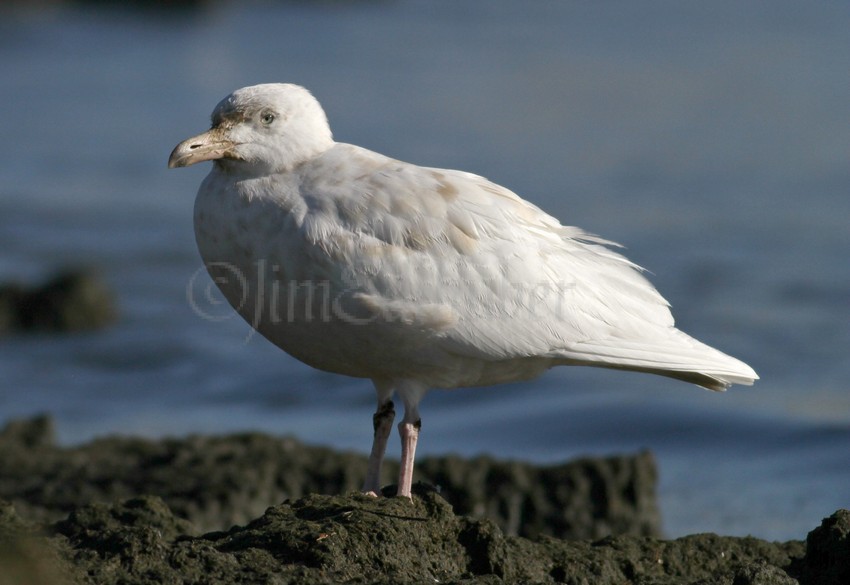

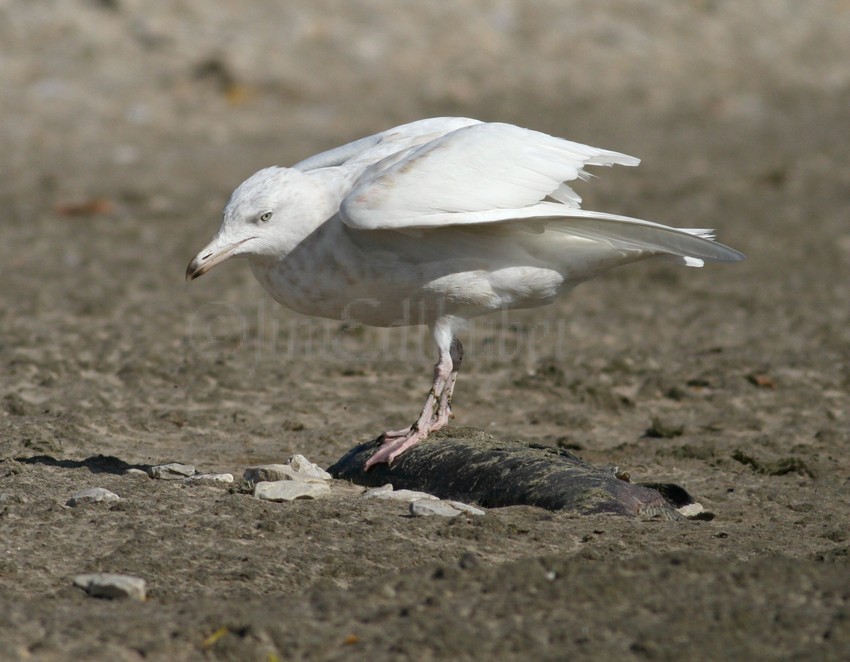


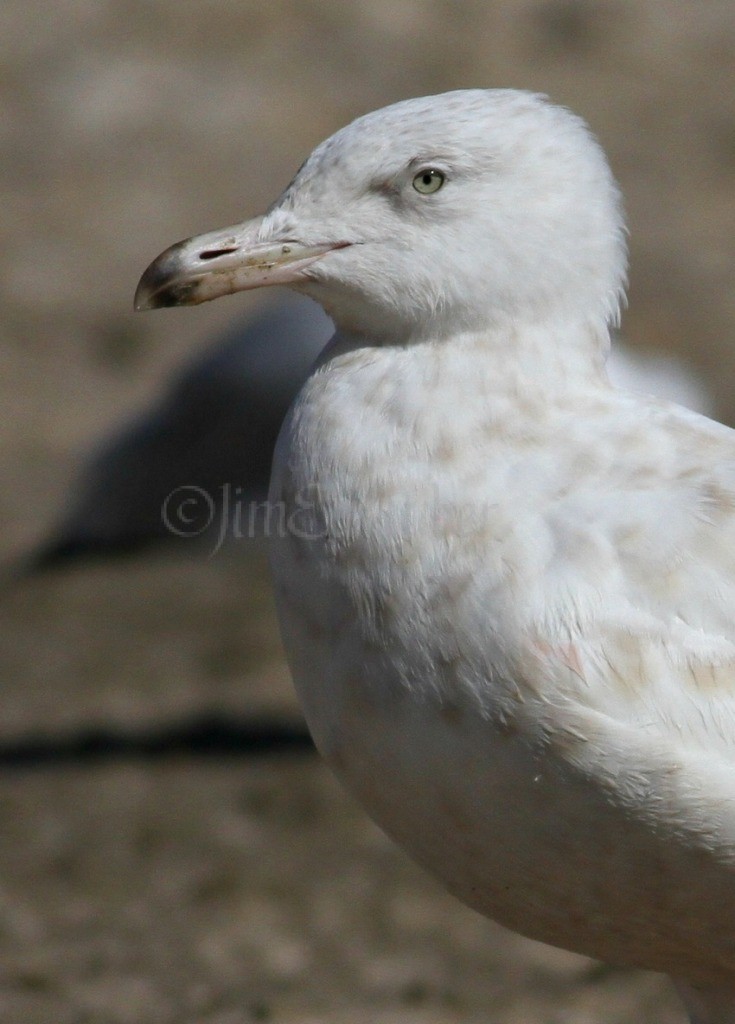
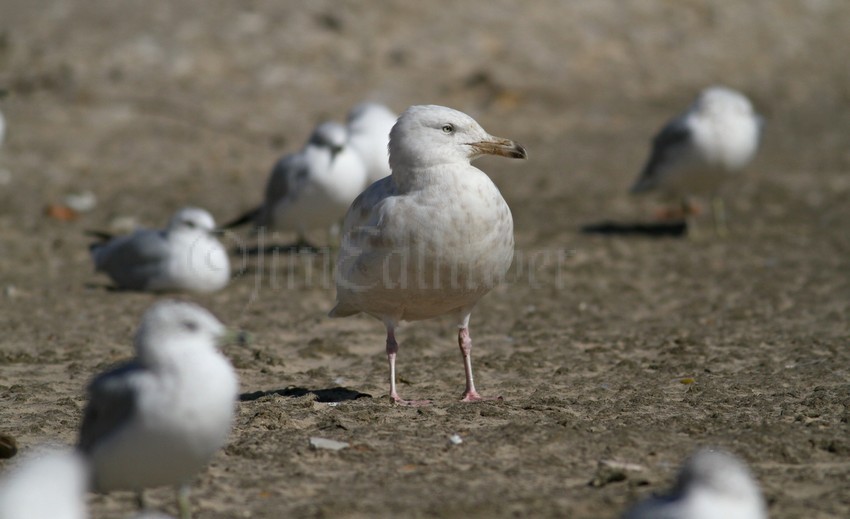



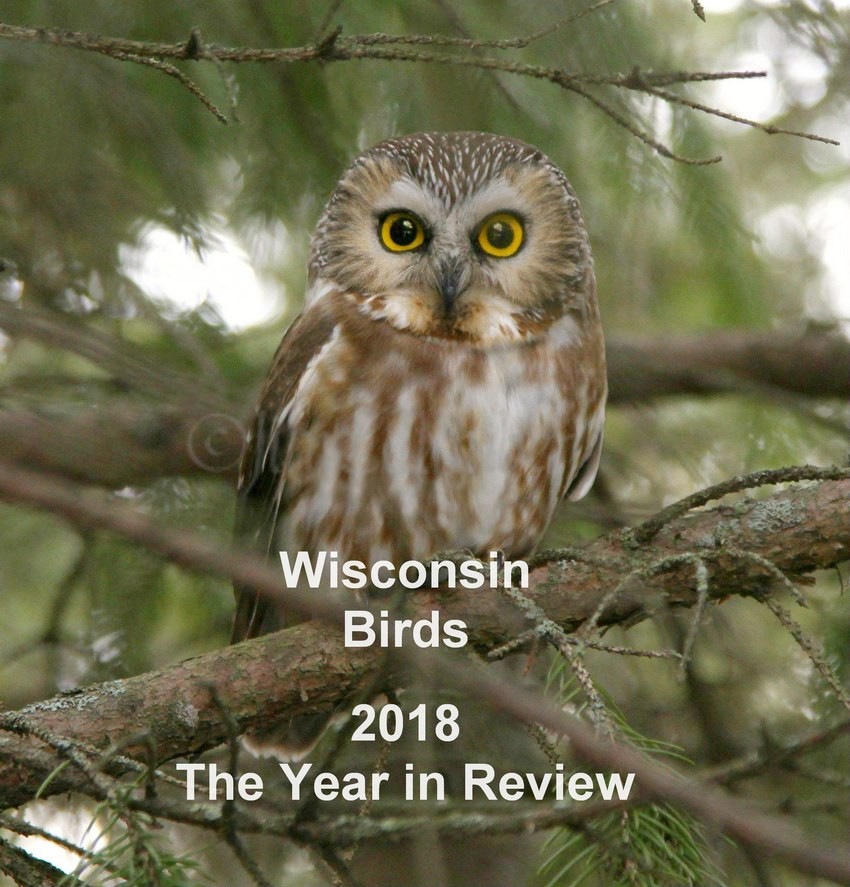
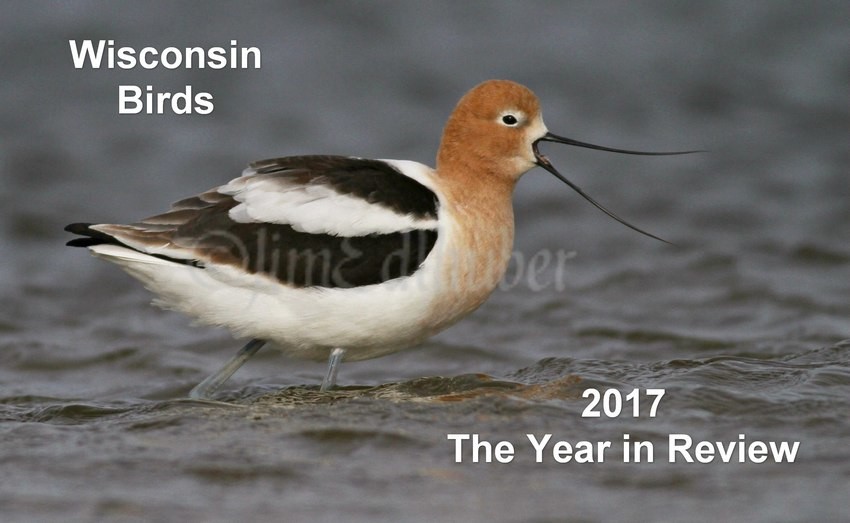
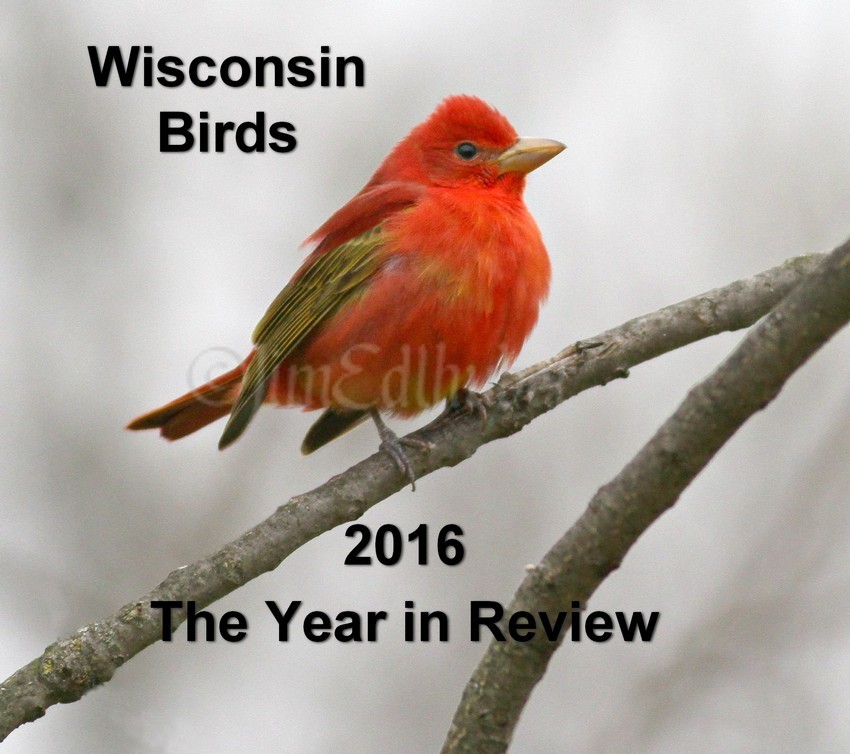
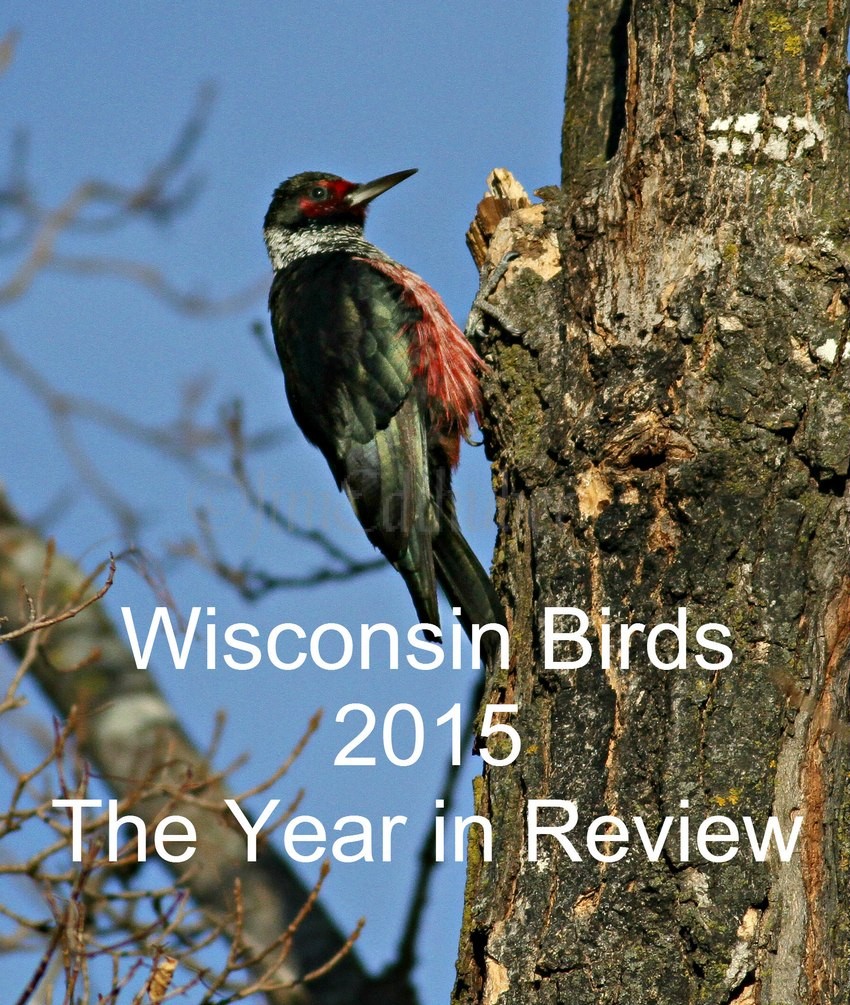


Simply awesome shots, Jim!